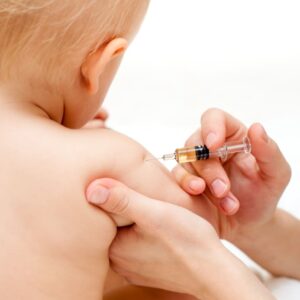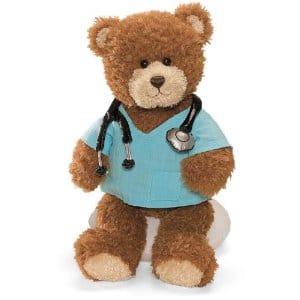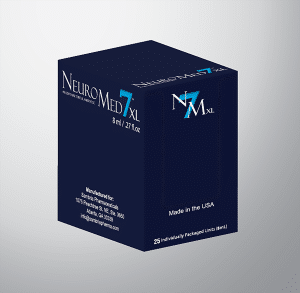Topical anesthetics for pediatric needle stick
Topical Anesthetics for Pediatric Needle Procedures
Needle sticks are the most common and greatest source of procedural pain for both children and adults.[1, 2] Needle stick derived pain ranges from quick immunizations to venipuncture, laceration repair, dermatologic procedures, injections, cannula insertion and is a growing concern. [1, 2] There is a growing need for topical anesthetics for pediatric needle stick and other superficial dermal instrumentation procedures.
Fortunately, over the past decade and a half, numerous solutions have been developed and studied to address pre-treatment for pain using a variety of methods, including topical anesthetics for pediatric needle procedures. While adults are affected by needle and other superficial dermal instrumentation derived pain, there has been a specific focus surrounding children. Concern for children, even those who are preverbal, is not frivolous, since the effects of untreated pain impact medical outcomes. [3] Memories of pain are evident in various stages of life that stem from earlier events remembered by patients stemming from preverbal childhood. [4] These effects amplify with age; adolescents avoid medical treatment, [5], 16% – 75% of surveyed adults refuse to donate blood [6 – 8] and geriatrics refuse flu shots due to fear of needle pain. [9]
The health implications of needle phobia extend beyond the affected individuals; HIV patients continue to infect others prior to getting blood tests due to fear of needles, [10] and needle phobic (trypanophobic) parents are less likely to immunize their children. [11]
With the understanding that trypanophobia has far reaching implications, the justification for minimizing pain using topical anesthetics for pediatric needle procedures is evident. Children now get more than 20 sticks before they are 2 years old. The American Academy of Pediatrics (AAP) recommendation to use pain control “whenever possible.” [12]
Reduction in vaccination compliance due to trypanophobia is a true and serious matter. The application of neonatal and pediatric pain assessment and management methods associated with needle stick should not be viewed as with appropriate care and concern. [12]
The administration of topical anesthetics for pediatric needle and other superficial dermal instrumentation procedures may have far reaching positive health related implications and should be considered as a potential standard of care.

3. Anand KJ, Sippell WG, Aynsley-Green A. Randomised trial of fentanyl anaesthesia in preterm babies
12. American Academy of Pediatrics. Committee on Psychosocial Aspects of Child and Family Health; Task Force



